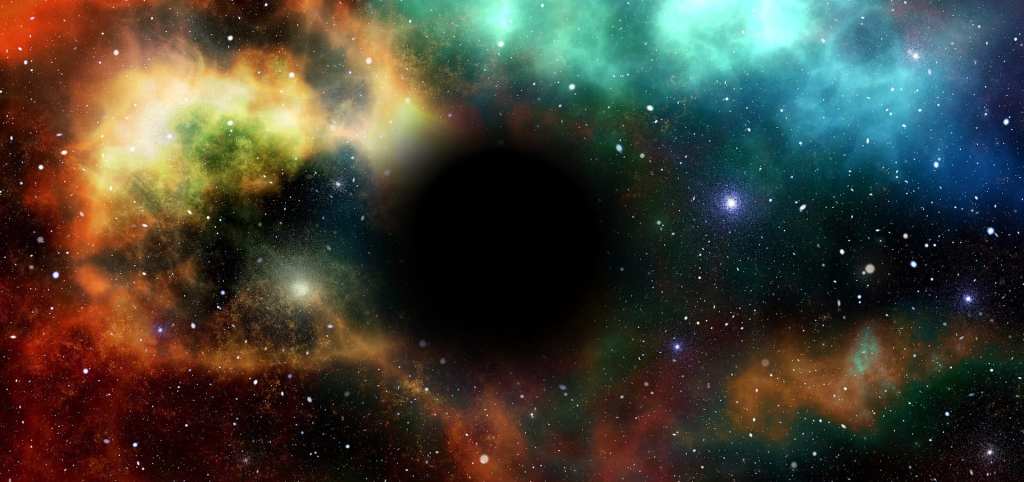When someone says to go out with a bang, they usually don’t mean literally. But when it comes to dying stars, typically astronomers expect them to go out with enormous bangs: supernovae. However, recently a group of Ohio University scientists observed a star that didn’t have quite the same life path in mind.
Instead of exploding and then collapsing in on itself, the star turned directly into a black hole. That shocked the group of scientists who had been studying the star, named N6946-BH1 to be exact, which was located in the Fireworks Galaxy, 22 million light-years away. At first they didn’t think it was possible, yet in 2015, after six years of watching the star weaken, scientists concluded that the star had bizarrely skipped the supernova stage.
They chalked it up as a “massive fail.” That’s a technical term, referring to the star’s mass.
https://www.youtube.com/watch?v=BwNiB-SWc5I
“The typical view is that a star can form a black hole only after it goes supernova,” said Ohio State astronomy professor and study researcher Christopher Kochanek. “If a star can fall short of a supernova and still make a black hole, that would help explain why we don’t see supernovae from the most massive stars.”

Photo Credit: Pexels
This atypical event still requires more analysis, but scientist Scott Adams estimates that massive fails occur in about 10 to 30 percent of massive stars. Ultimately, this discovery could lead to more answers about how super-massive black holes come to exist, since supernovae tend to blow away a lot of a star’s mass.
Without a supernova, more of a star’s mass would stick around to collapse in on itself and become a vortex that bends time and space and eats light for supper.






